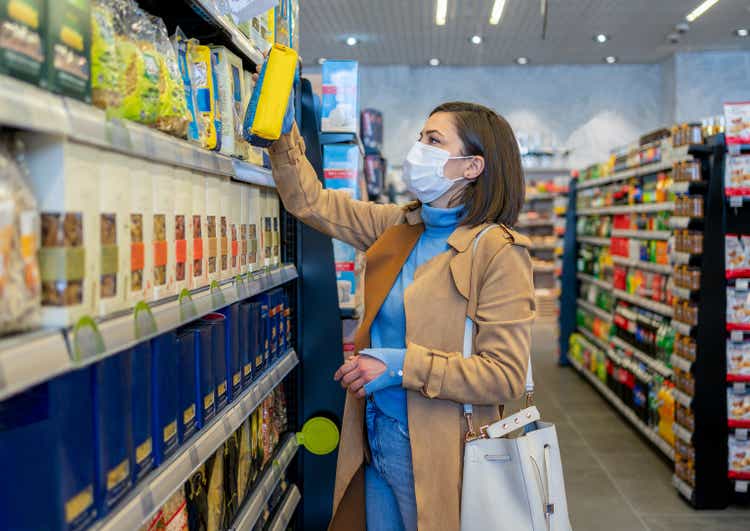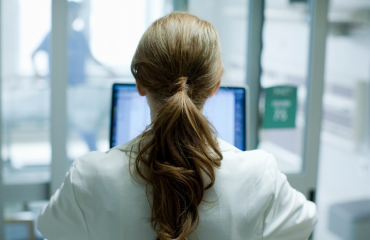Price Hikes In Retail Goods Spur U.S. Inflation – And The Fed Is Watching – Seeking Alpha

aquaArts studio/E+ via Getty Images
aquaArts studio/E+ via Getty Images
The January U.S. CPI (Consumer Price Index) report indicated a higher pace of inflation than many observers expected. The price level of the core CPI advanced 0.6% month-over-month (m/m), largely driven by price hikes in retail goods. The January CPI report lifts PIMCO’s inflation forecast for year-end 2022; however, we are also lowering our real GDP forecast for the first quarter, since the higher-than-expected inflation, coupled with more moderate spending according to our credit card data, suggests real consumption likely contracted again in January.
While we believe the CPI report increases the probability of the U.S. Federal Reserve hiking its policy rate by 50 basis points (bps) in March, we still think the Fed would prefer to hike sequentially at consecutive meetings instead of making a more abrupt adjustment. Our base case forecast is that the Fed will begin hiking rates at a 25-bps-per-meeting pace in March. Nevertheless, this inflation print will likely make it more challenging for the Fed to push back against market pricing.
Household furnishings, apparel, and recreational goods all saw notable price jumps in January as retailers passed on higher input costs. Interestingly, these continued price hikes took place following larger inventory accumulations and higher trade flows in the fourth quarter of 2021 – both indicators that production bottlenecks are easing. Furthermore, volumes do appear to be reacting to the higher prices, with real goods spending likely once again contracting in January, after contracting a total of 4% over the two months ending in December. The combination of CPI data, retail sales data, and retail sales forecasts (based on credit card data) suggests that the ability to pass on further price adjustments may be waning.
On balance, these trends suggest that inflation should begin to moderate, although the path is unlikely to be smooth.
Elsewhere, auto inflation did moderate as expected, with new car prices reportedly flat in January, and used car prices up 1.5% – in line with the wholesale data, after adjusting for the two-month retail-to-wholesale lag. Wholesale data suggest that used car prices will begin to contract in March, as inventories appear to have recovered. Furthermore, given lower expected tax refund payments (largely due to changes in the child tax credit), auto markets are likely to get some needed reprieve from the typical demand jump around tax season.
Turning to services categories, owners’ equivalent rent (OER) inflation was in line with consensus expectations (+0.4% m/m), and although rents were a bit firmer than expected (+0.5% m/m), this was on the heels of a slightly weaker print from December. Overall, shelter (excluding hotels) still appears poised to reach 5-5.5% inflation overall in 2022.
Meanwhile, travel services prices were mixed, with lodging down (-3.9% m/m) and airfares up (+2.3% m/m). The airfares inflation was a notable aberration from the recent pattern of price declines coinciding with new waves in COVID-19 cases. Other recreation services prices were also up, despite the omicron outbreak, but this appears to be a catch-up to trend after two months of contraction.
Original Post
Editor’s Note: The summary bullets for this article were chosen by Seeking Alpha editors.
This article was written by



